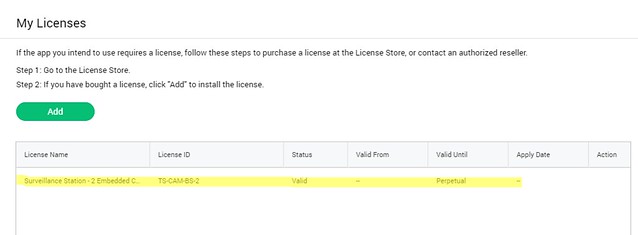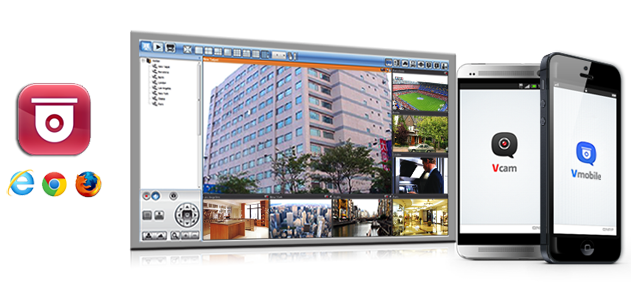

Ubiquiti 8 port POE 60w switch (4 POE – good enough for now)ģ. Cisco/Linksys EA4500 router (soon to be replaced with Ubiquiti USG) currently dropping physical ports left and rightĢ. Here’s a network overview of what I have and what will be added shortly:ġ. I thought I had everything planned out to the “t” but after reading many of the stickies here, I’m more lost than ever. While doing all this, I’m also adding an option for 2 to 3 IP cameras (with options to expand in the future if needed). That’s it, now you have set up QNAP Surveillance Station to receive video streams from your IP cameras.I am in the middle of revamping my internet and wifi. Once you install the QMon plugin, you should be able to view all your cameras simultaneously.The first time you click on the Monitor button, you will get the following message:.Once you have added all your cameras, the camera configuration page will look like this:.You should now see the success message.Review the settings you have chosen and click Next.Enable Schedule recording if you wish to record 24/7.Enter the quality settings as desired.Make sure you use an account with admin privileges, otherwise you will get a question mark instead of the preview image. Select the camera you want to add, enter the camera details and then click TEST.If you have disabled uPNP on your cameras, you will be able to use only the ONVIF or manual setup method.

I like to manually configure my cameras, but you can also have the NAS search for them automatically using uPNP or ONVIF. Go to Camera Settings and click Camera Configuration.

Here’s what this looks like in my Hikvision IP camera: Note: If you have trouble getting QNAP Surveillance Station to recognise your cameras, just use the admin account of your camera. Make sure the accounts are of type Operator and not User if you are using Hikvision cameras. We will give these login details to Surveillance Station in the next step.


 0 kommentar(er)
0 kommentar(er)
